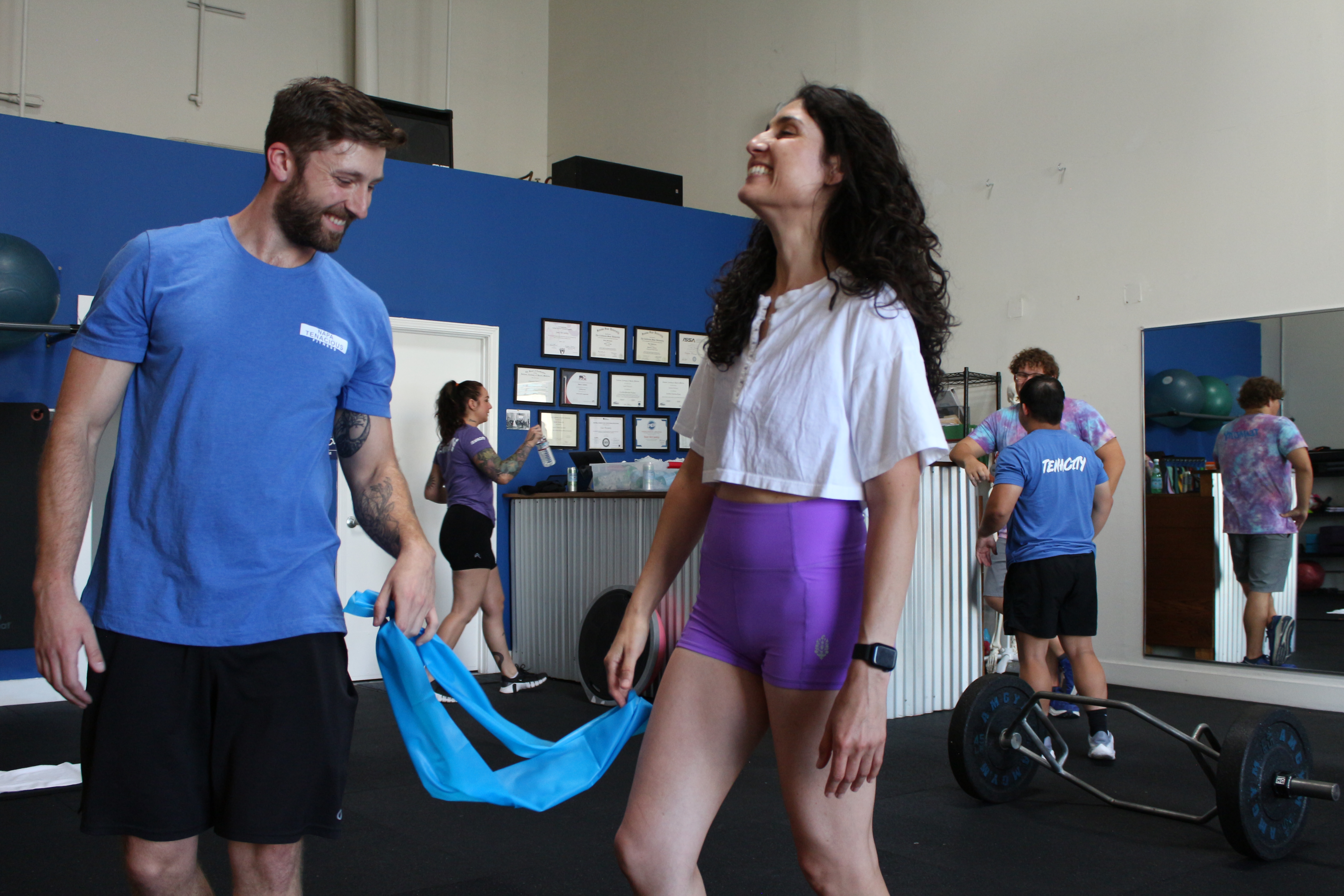Eating healthier, getting more sleep, being more productive, and reducing stress in all aspects of life, including family, professional, and recreational sectors, are essential components that support our most cherished goals and responsibilities. Health-related goals, such as maintaining a reasonable body weight and regulating metabolic parameters, including optimal insulin and cholesterol levels, help support people’s ability to live longer and happier. Practicing and adhering to themes of staying physically active and eating beneficial foods, while avoiding fattening, sugary, and inflammatory foods has been supported by scientific research to promote an enhanced quality of life by increasing energy, mitigating psychological and emotional stress, and improving behavior to support people’s ablility to thrive in their family life, work life, and have more fun in their usual daily interactions with the world.
Reinforcing health is valuable because, without it, people can lack energy and vitality, as well as happiness and the ability to fulfill their daily roles. These things support health and contribute to a happier, healthier, and stronger quality of life, but they can become neglected. However, family events, professional endeavors, and the activities we enjoy can be hindered if a sense of well-being and self-regulation aren’t at the top of our priorities. Normal daily tasks such as getting to work on time, meeting deadlines, and fulfilling family obligations commonly compete with factors that improve health. In such cases, people can enter a vicious cycle of putting rituals for practicing healthy habits on the back burner. The result may be a decrease in muscle tone, an increase in fat mass, elevated concentrations of stress hormones, and lower energy levels.
When people make decisions to enhance their well-being, they often experience immediate benefits, such as increased energy, improved mood, and enhanced productivity. For example, following a week of attending two days of a beginning Yoga class could produce feelings of increased strength, decreased joint pain, enhanced ability to bend down and pick up objects from the ground with less restriction, and waking up with more energy. So why is feeling stronger, having more energy, and simply being in a better mood sometimes avoided when the word “exercise” is entered as a key to this equation?
Sometimes, recommendations to exercise more can be seen as an order from a college teacher who assigns a task to write a thousand-word paper about a bland and mind-numbingly boring topic, or when our parents told us to wash behind our ears every time we took a bath. People can get a little annoyed when persistent messages from their doctor recommend one hundred and fifty minutes of exercise per week, ten thousand steps a day, or the suggestion that if ten pounds of weight isn’t lost, then hell is going to freeze over. Motivation to exercise can turn into feelings of withdrawal and disdain for a healthy recommendation, much like a student might feel when a seemingly pointless assignment is assigned or when a twelve-year-old pre-pubescent individual who thinks they know everything receives a nagging reminder from their parents to complete a chore. While the messages from health care providers to exercise more are meant to be supportive and encouraging, people sometimes don’t want to be told what to do.
Viewing Exercise as medicine is good, but how about thinking of exercise as fuel that ignites the ignition for a vehicle that excels you directly toward your goals of daily success, well-being, and fulfillment? Looking down at the scale every morning and waiting for the digital representation of a person’s weight to decrease creates an erratic situation in which weight can fluctuate up and down. If people don’t see a significant weight decrease immediately, it’s hard for them to continue investing effort in factors that contribute to weight loss. This can create a potential drop-off in motivation due to the pressure of losing weight and becoming healthier if immediate results aren’t perceived. As a possible solution to create sustainable cycles of exercise, finding ways to enjoy incorporating healthy eating, finding an enjoyable environment for physical activity to reinforce exercise adherence, and engaging in fun and invigorating physical activities can make these activities more of a gift and less of a chore. This approach can foster healthy habits that can be enjoyed and repeated consistently.
So, how can we view practicing healthy habits as a gift, rather than a chore? As part of developing exercise prescriptions for our personal training clients, we check in every four weeks to see how they’re feeling about the current list of exercises they cover throughout their training sessions. For example, we ask, “What specific results have you experienced so far? What exercises did you enjoy doing?” and, “What exercises did you not enjoy doing, or would you like us to omit from your next four-week exercise prescription?” Simple questions like these give a sense of ownership to the person who takes the time out of their day to devote to exercise.
Having a sense of ownership can produce a culture of creativity and enjoyment. Dare I say, something fun? Exercise and fun? Looking forward to something that offers more energy, helps lose subcutaneous fat mass, and makes you happier? That doesn’t sound too bad to me. Finding a way to incorporate exercise and adopting other healthy habits to support one’s vision of feeling stronger, lighter on their feet, and happier is powerful fuel to view exercise as an irreplaceable gift, allowing us to thrive throughout our everyday lives.
Sean McCawley, the founder and owner of Napa Tenacious Fitness in Napa, CA, welcomes questions and comments. Reach him at 707-287-2727, napatenacious@gmail.com, or visit the website napatenaciousfitness.com.

